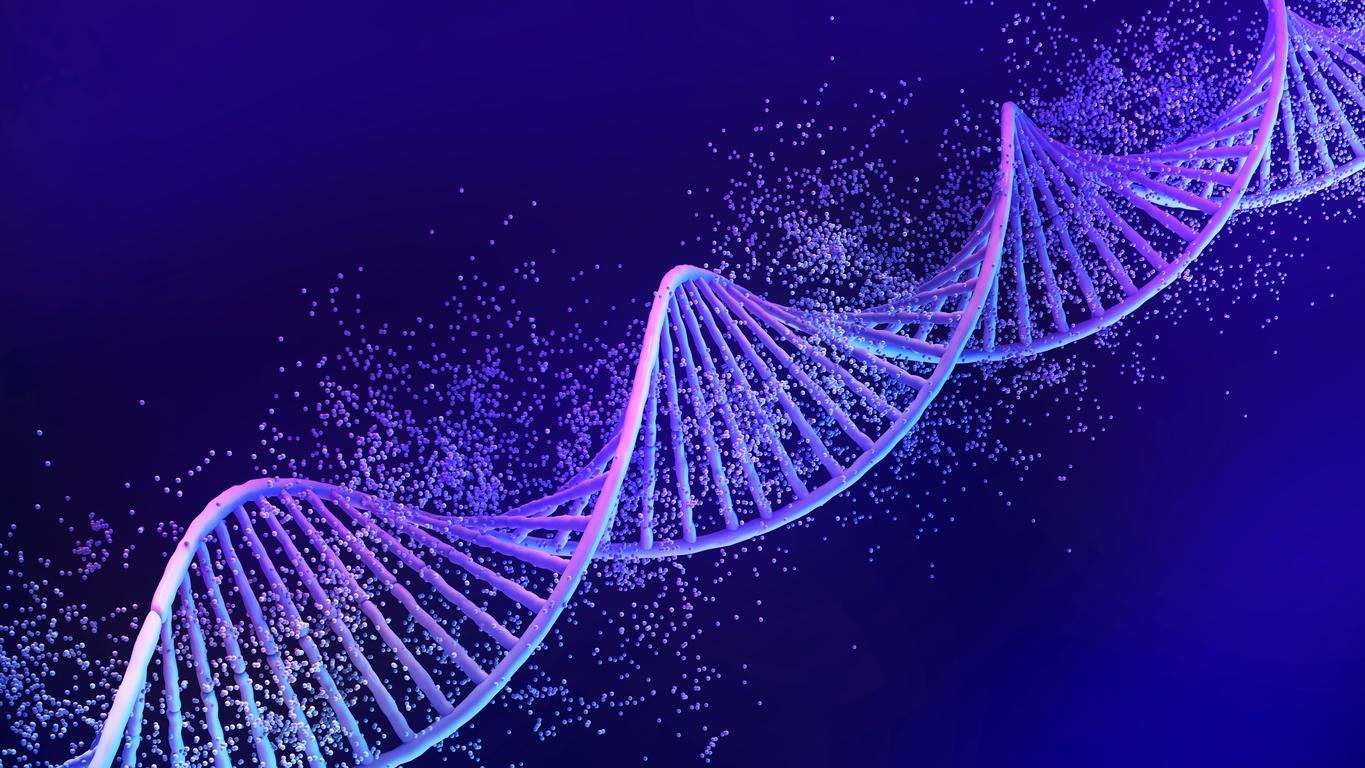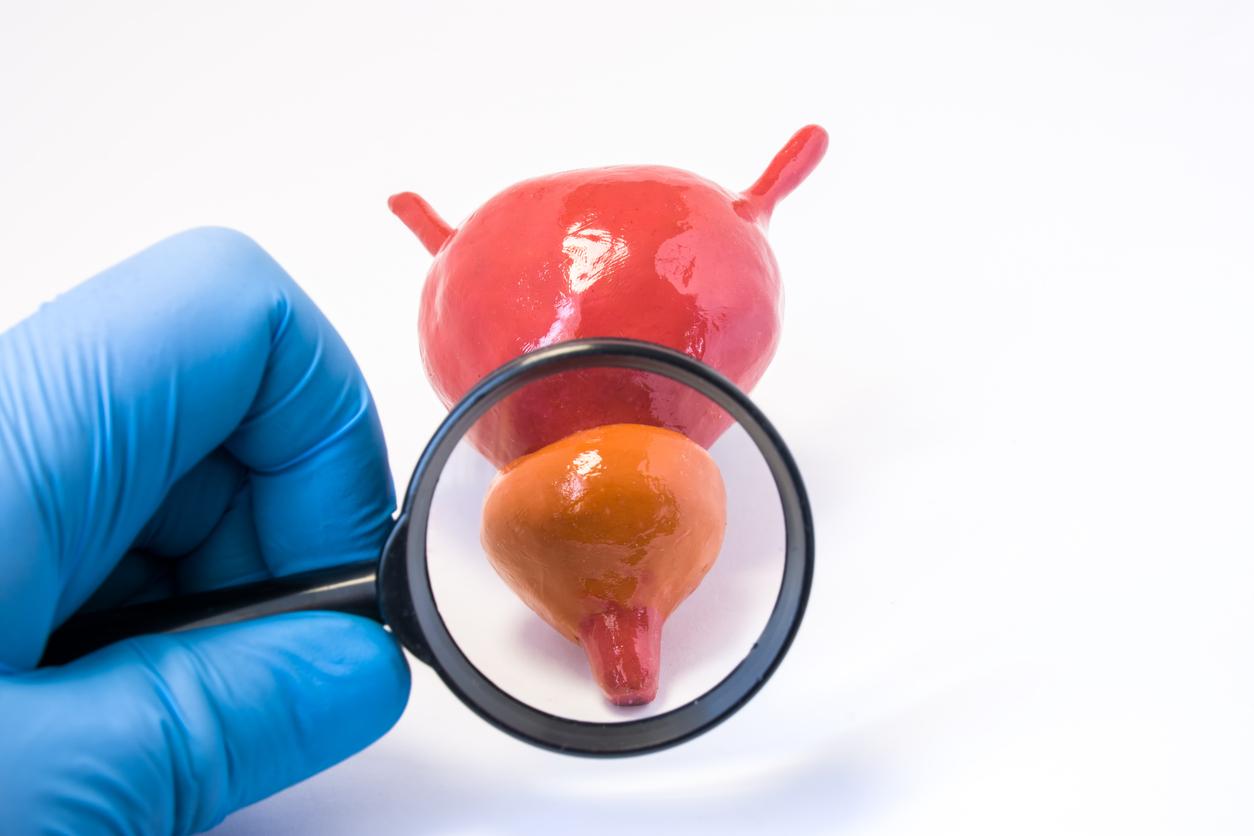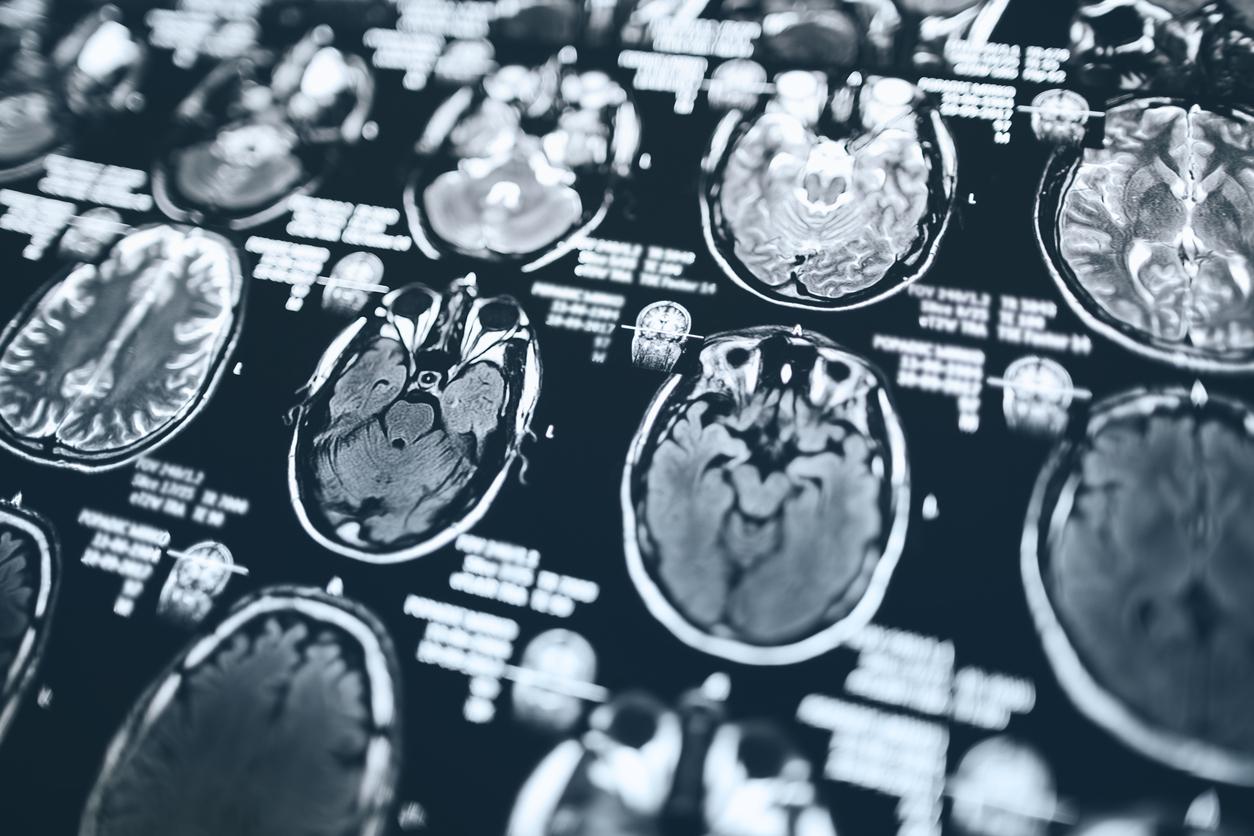An important advance in gene therapy. Doctors at Oakland Hospital in California (United States) edited the DNA of an American by adding a new gene. The 44-year-old patient suffers from Hunter’s disease, a genetic diseaserare that gradually damages the cells of the body. Patients with Hunter syndrome suffer from a deficiency of an enzyme that breaks down mucopolysaccharides, chains of sugar molecules used to build connective tissues (the body’s supporting and filling tissues). This impairment leads to symptoms of a degenerative disease such as hearing problems, bone and joint defects, and heart and breathing difficulties. Hunter’s disease cannot be completely cured, but it can be managed with enzyme replacement therapy. Today, patients who receive regular treatment still experience progressive damage to the heart, bones and lungs.
California doctors have therefore tested a new approach to gene therapy performed directly on the DNA of a living man. They injected the patient’s body with billions of copies of a corrective gene and molecular scissors to cut DNA in a specific location. This gene editing technique targets sections of DNA that need to be modified or repaired to replace them.
The process is exceptional because the injection is usually done on the cells previously removed before being reintroduced into the patient. In the case of this American, no samples were taken. A two to three hour infusion was enough to insert the corrective genes into the body.
An irreversible process
It is too early to know if this experiment is conclusive, the first results will be visible in one to three months, estimate the scientists. The bet is risky because once the genes have been injected, it is no longer possible to go back.
“When you place a piece of DNA at random, sometimes it works well, sometimes it doesn’t matter and sometimes it causes damage”, explains to the Associated Press Hank Greely, bioethicist at Stanford University. Researchers remain optimistic. If this innovative treatment works, it will mark a milestone in the field of gene therapy.
Read also:
Gene therapy to regain sight
A new way to treat Alzheimer’s
Gene therapy for deafness















